This article is contributed. See the original author and article here.
As the pace of manufacturing accelerates to meet demands across global customers, organizations are struggling to rapidly train and upskill workers on factory lines and the production floor. In fact, up to 2.4 million U.S. manufacturing jobs could remain unfilled between 2018 and 2028 due to this challenge.1
Today we’re introducing an exciting update to Microsoft Dynamics 365 Guides that promises to improve the way frontline workers access digital guidance in real-world scenarios, empowering them with hands-on opportunities to learn new and revised technical skills on-site. By engaging employees in hands-on, experiential learning, they are better able to retain and apply new skills to meet evolving job demands.
State of learning today
Traditional classroom training methods are not only expensive to implement and maintain but also are often ineffective. On average, employees only apply about 54 percent of new skills learned and business leaders are similarly disenfranchised.2 88 percent of human resource leaders are looking to invest in new technologies and 84 percent of business leaders want to rethink their workforce experience.3 At Microsoft, we see an opportunity to shift the way employees learn by providing organizations with the technology to attract, train, and maintain their workforce. Instead of static, hundred-page manuals that employees consume in a classroom, employees move towards immersive and collaborative experiences that are incorporated into daily workflows. With an estimated 97 million new jobs created by the year 2025, organizations need to provide employees with greater operational knowledge and a seamless, improved way to learn on the job.4 The question is, where do you get started?
On-the-job guidance with Dynamics 365 Guides and Azure Object Anchors
Dynamics 365 Guides is the mixed reality solution for organizations looking to accelerate upskilling and empower employees with transformational learning experiences. With Dynamics 365 Guides, employees can author step-by-step workflows with holograms on a head-mounted display to effectively imitate real-world scenarios.
Visual overlays and markers hover over the next step, using visual reinforcements to help improve muscle memory and reduce downtime.

Non-linear guides can incorporate branching logic to account for skill level and workflow variability in which users can easily select the option best fits their skillset or situation.
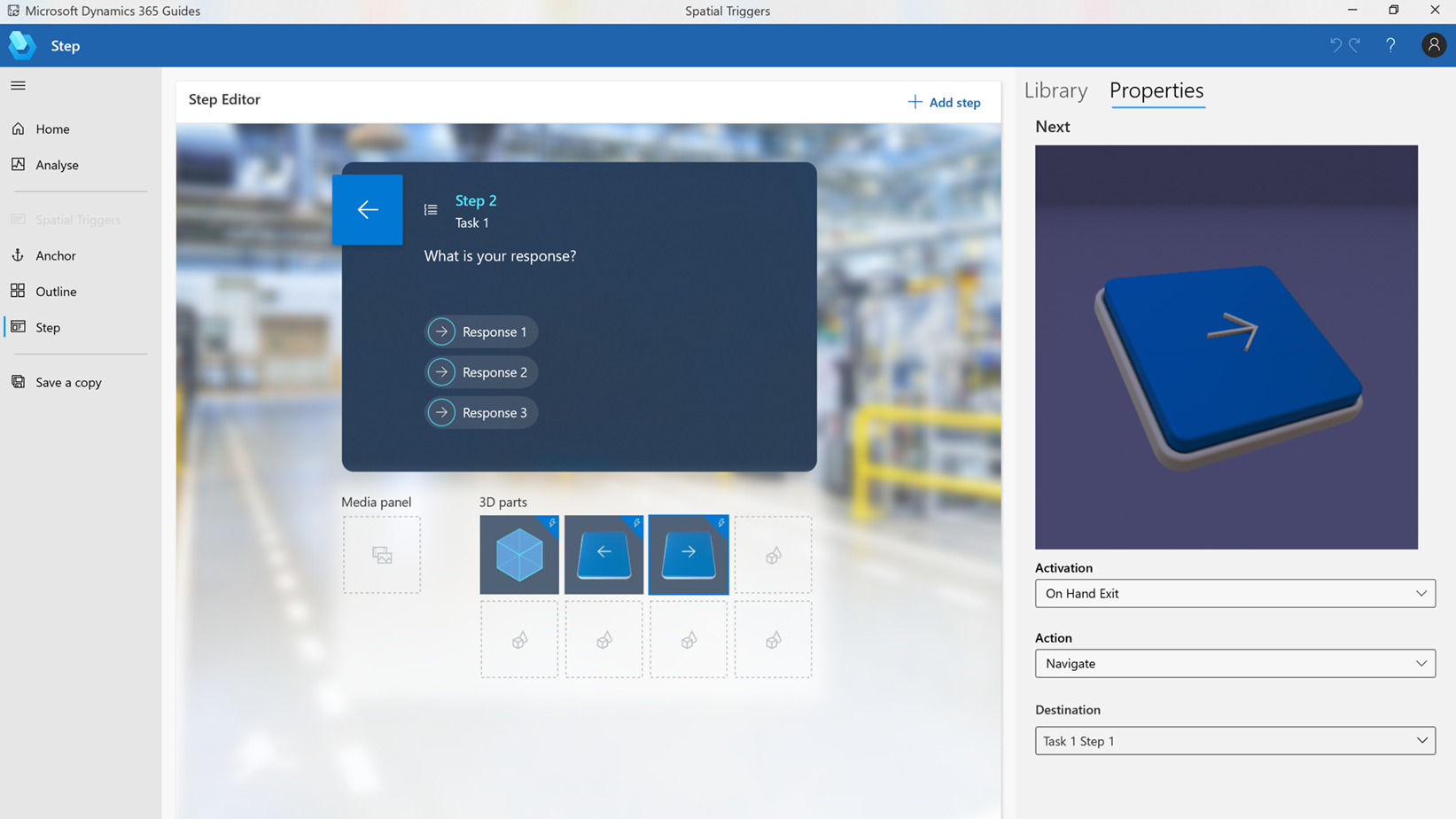
Operators can stay in the flow of work while following step-by-step instructions overlaid directly in front of them, empowering employees to learn on the job and reduce downtime spent in a classroom.
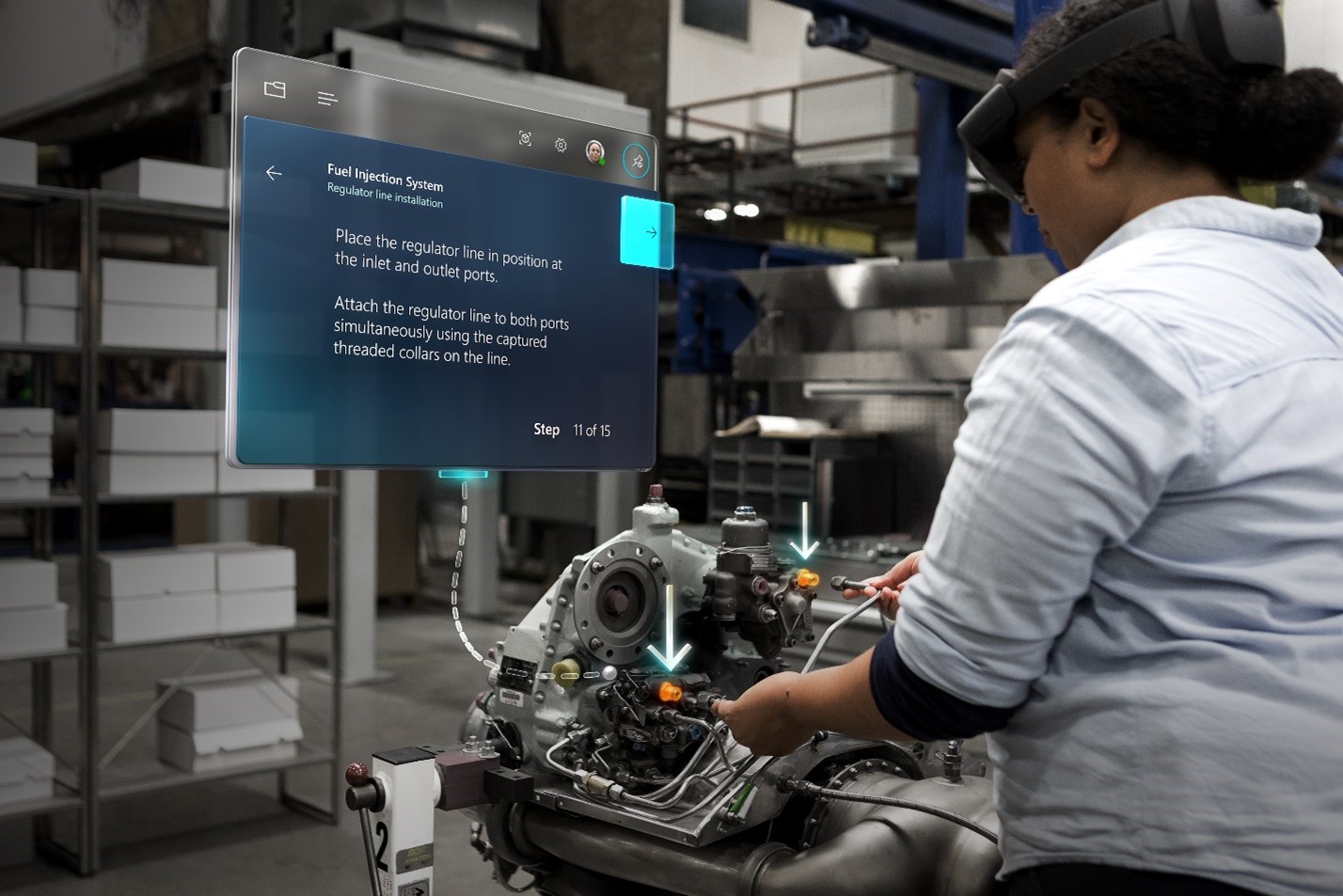
Yesterday at the Microsoft Business Applications Summit, we announced the latest development: Dynamics 365 Guides with Azure Object Anchors. Azure Object Anchors enable users to automatically align digital content with physical objects, eliminating the need for QR-code markers while improving alignment accuracy. Using Dynamics 365 Guides and Azure Object Anchors, operators can easily move from one workstream to the next as HoloLens’s spatial insight detects anchors and seamlessly launches overlaid digital content. Organizations can move from a manual process, often ripe with inaccuracies, to a walk-up and work experience that improves user learning and reduces errors.
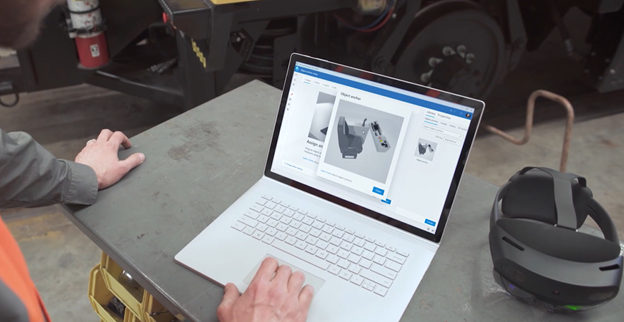
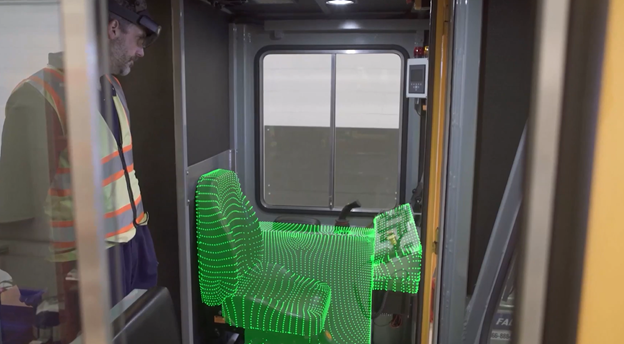
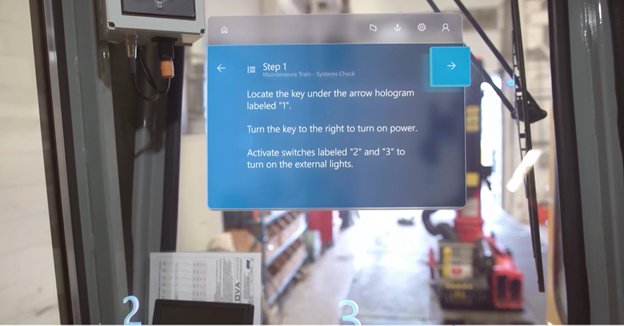
Azure Object Anchors is a recent example of the innovation that stems directly from customer feedback, and we’ve seen it in use recently at Toyota Japan, where they used Azure Object Anchoring to place digital markers in their environment to improve process efficiencies. Without the need for physical markers, Toyota was able to incorporate Azure Object Anchors across dealerships to help technicians get up and running much faster. We are excited to bring this new capability to Dynamics 365 Guides to improve the workflow experience and unlock additional operational efficiencies.
Innovative solutions and technology are needed to address the growing skills gap faced by many industries. As organizations eschew the status quo and adopt experiential learning solutions, like Dynamics 365 Guides, they are better prepared to meet this challenge and empower their employees to learn on the job more effectively.
Learn more about Dynamics 365 Guides and Azure Object Anchors.
1Deloitte Insights and the Manufacturing Institute, 2018 Deloitte and the Manufacturing Institute Skills Gap and Future of Work Study, 2018
2Baker, Mary. “Stop Training Employees in Skills They’ll Never Use.” Smarter With Gartner, August 28, 2020.
3Deloitte Human Capital Trends 2019, “Leading the Social Enterprise: Reinvent with a Human Focus,” Deloitte, 2019.
4Russo, Amanda. “Recession and Automation Changes our Future of work, but there are Jobs Coming,” World Economic Forum, 2020.
The post Improve on-the-job guidance with Dynamics 365 Guides and Azure Object Anchors appeared first on Microsoft Dynamics 365 Blog.
Brought to you by Dr. Ware, Microsoft Office 365 Silver Partner, Charleston SC.



Recent Comments